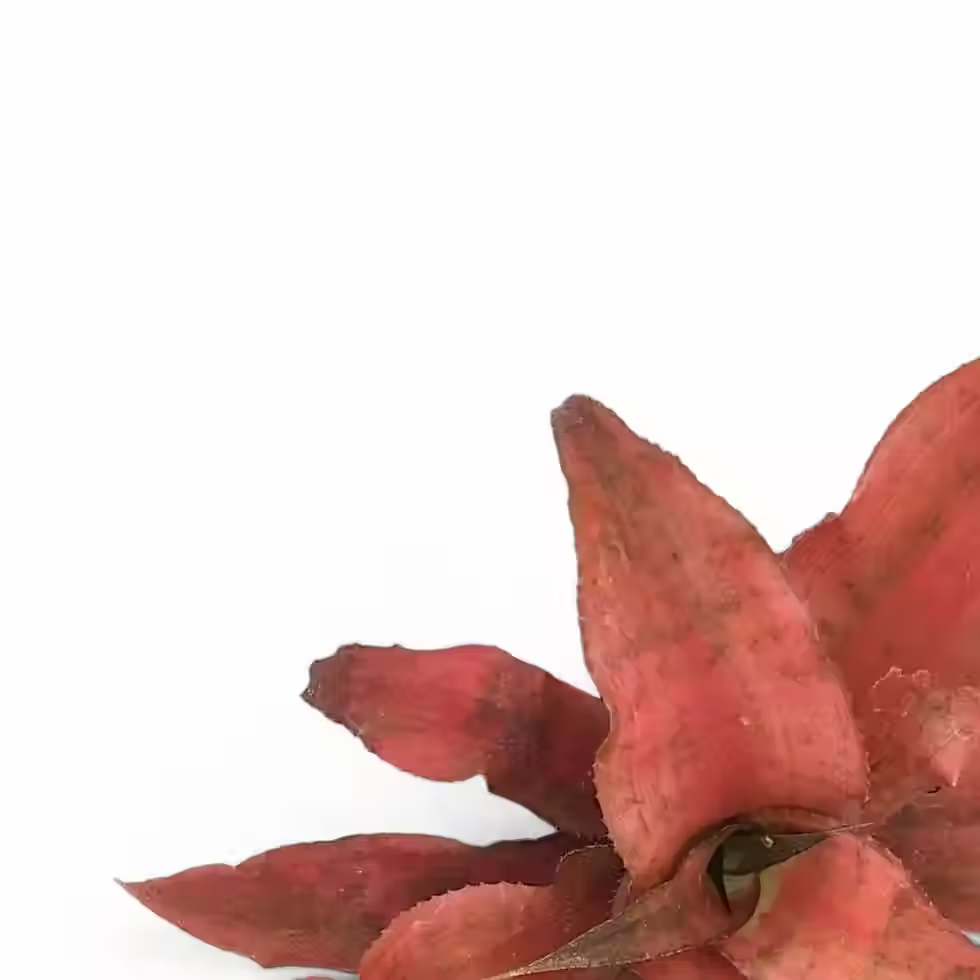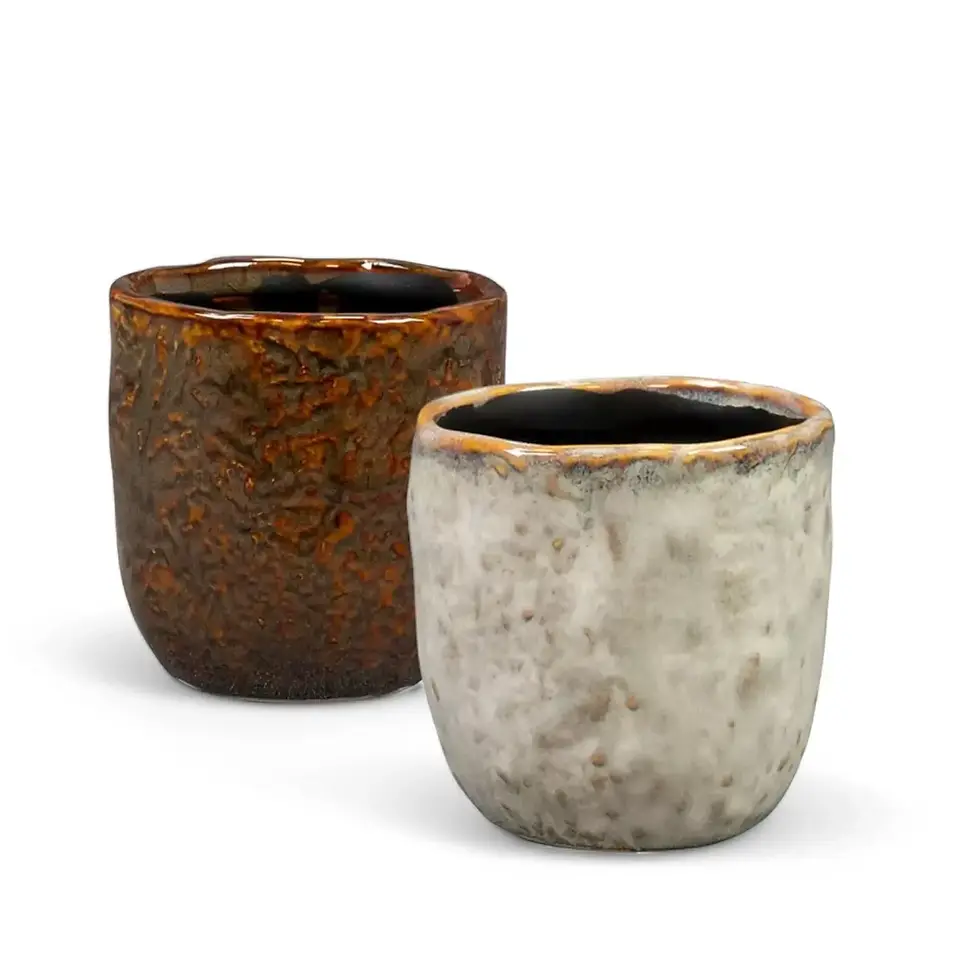Pilea peperomioides 'Mojito' - Information and Plant Care Tips
Pilea peperomioides ‘Mojito’ is a unique houseplant with a compact growth habit and strikingly rounded, slightly variegated leaves that exude charm and vibrancy. Its faintly mottled, fleshy foliage offers an understated yet elegant appearance, making it a popular choice for plant enthusiasts seeking something different. As a cultivar of Pilea peperomioides Diels, ‘Mojito’ shares many traits with its parent species, including the iconic circular leaves that have captivated indoor gardeners worldwide. With its manageable size and intriguing texture, it can effortlessly add life to any indoor space. Unlike many houseplants, ‘Mojito’ thrives even with minimal care, making it suitable for beginners as well as experienced plant lovers.
Pilea peperomioides, the parent species of ‘Mojito,’ is well known for its upright, evergreen perennial nature. It produces glossy, dark green, peltate leaves that are held on long, slender petioles, creating a bold visual contrast in any indoor setting. This cultivar maintains the iconic circular leaves but with the added charm of subtle variegation that sets it apart from other Pilea varieties. Its compact nature means it won’t outgrow its space, making it ideal for smaller apartments or adding a touch of green to your workspace.
Features of Pilea peperomioides 'Mojito'
- Growth Habit: Compact and low-growing, perfect for small spaces or tabletop displays.
- Leaf Shape: Rounded, faintly variegated, slightly fleshy leaves that give a modern, minimalist appeal.
- Foliage Texture: Smooth and glossy, with a subtle but attractive variegation pattern, adding depth to its appearance.
- Petiole Length: The long, elegant petioles elevate the leaves, creating a floating appearance, enhancing its visual appeal.
- Light Requirements: While it prefers bright, indirect light, ‘Mojito’ can tolerate lower light levels, though its growth may slow.
- Size: The plant remains relatively small and compact, typically reaching about 20 to 30 centimeters in height, which makes it easy to manage indoors.
- Ease of Care: Known for its hardiness, ‘Mojito’ is a forgiving plant that tolerates occasional neglect, making it suitable for new plant owners.
Pilea peperomioides ‘Mojito’ Plant Care
Here’s how to keep your ‘Mojito’ healthy and thriving:
- Light: Prefers bright, indirect light but can also tolerate lower light conditions. For optimal growth, keep it in a well-lit room, but avoid direct sunlight, as this can scorch its delicate leaves.
- Watering: Water the plant when the top 2-3 centimeters of soil feel dry. Avoid overwatering, as the plant is prone to root rot. Allow the soil to drain fully after watering.
- Humidity: It thrives in average indoor humidity and doesn’t require any additional measures. It’s quite resilient to normal household conditions.
- Fertilization: Use a balanced liquid fertilizer diluted to half strength, applied once a month during its active growing period. No need to adjust this routine for different seasons.
- Soil: Plant your ‘Mojito’ in a well-draining, peat-free potting mix to avoid water retention and root rot. A light and airy substrate works best for this species.
Common Issues and Solutions
Although ‘Mojito’ is a relatively low-maintenance plant, it can occasionally encounter common indoor plant issues. Here’s how to address them:
- Overwatering: One of the most common problems is overwatering, leading to root rot. If the leaves start to yellow, reduce watering and check that the soil drains properly. Make sure the plant isn’t sitting in standing water.
- Yellowing Leaves: This could be due to either overwatering or underwatering. Adjust the watering schedule as needed, ensuring the soil dries out between waterings.
- Leaf Drop: This may occur if the plant is exposed to cold drafts. Keep it in a warmer environment, ideally between 15 to 24°C, to prevent leaf drop.
- Pests: Although relatively pest-resistant, Pilea peperomioides can occasionally attract spider mites or aphids. Use a gentle insecticidal soap or wipe the leaves with a damp cloth or microfiber dusting gloves for plants to remove any pests.
- Slow Growth: In lower light conditions, the plant’s growth may slow down. Moving it to a brighter spot with indirect sunlight can encourage healthier growth.
Additional Notes
The origin story of Pilea peperomioides is as intriguing as the plant itself. Native to Yunnan Province in southern China, it wasn’t introduced to Western gardeners through typical botanical channels. Instead, it gained popularity thanks to a Norwegian missionary who, in 1946, shared its basal shoots with friends back in Norway. This unique method of distribution earned the plant its nickname as the “Missionary Plant.” Over time, as cuttings were passed from one home gardener to another, it became known as the “Friendship Plant” or “Pass-Along Plant,” signifying the bonds of friendship and community it helped foster.
Just like its origins, growing your ‘Mojito’ involves understanding its background. By learning about the native conditions in which Pilea peperomioides thrives, you can better mimic its natural environment in your home. A little research into its Yunnan roots will help you provide the best care, ensuring your plant doesn’t just survive but truly thrives.
Etymology
The genus name Pilea is derived from the Latin word for “felt cap,” referencing the small, calyx-like structure that covers the plant’s seeds, or achenes. The species name peperomioides reflects the plant’s resemblance to species in the Peperomia genus, which is known for its fleshy, round leaves. This naming highlights the plant’s unique place within the botanical world and its aesthetic appeal.
Pilea peperomioides 'Mojito'
Pilea peperomioides 'Mojito' is approximately 20 cm tall and comes in a ⌀ 13 cm pot.

























































